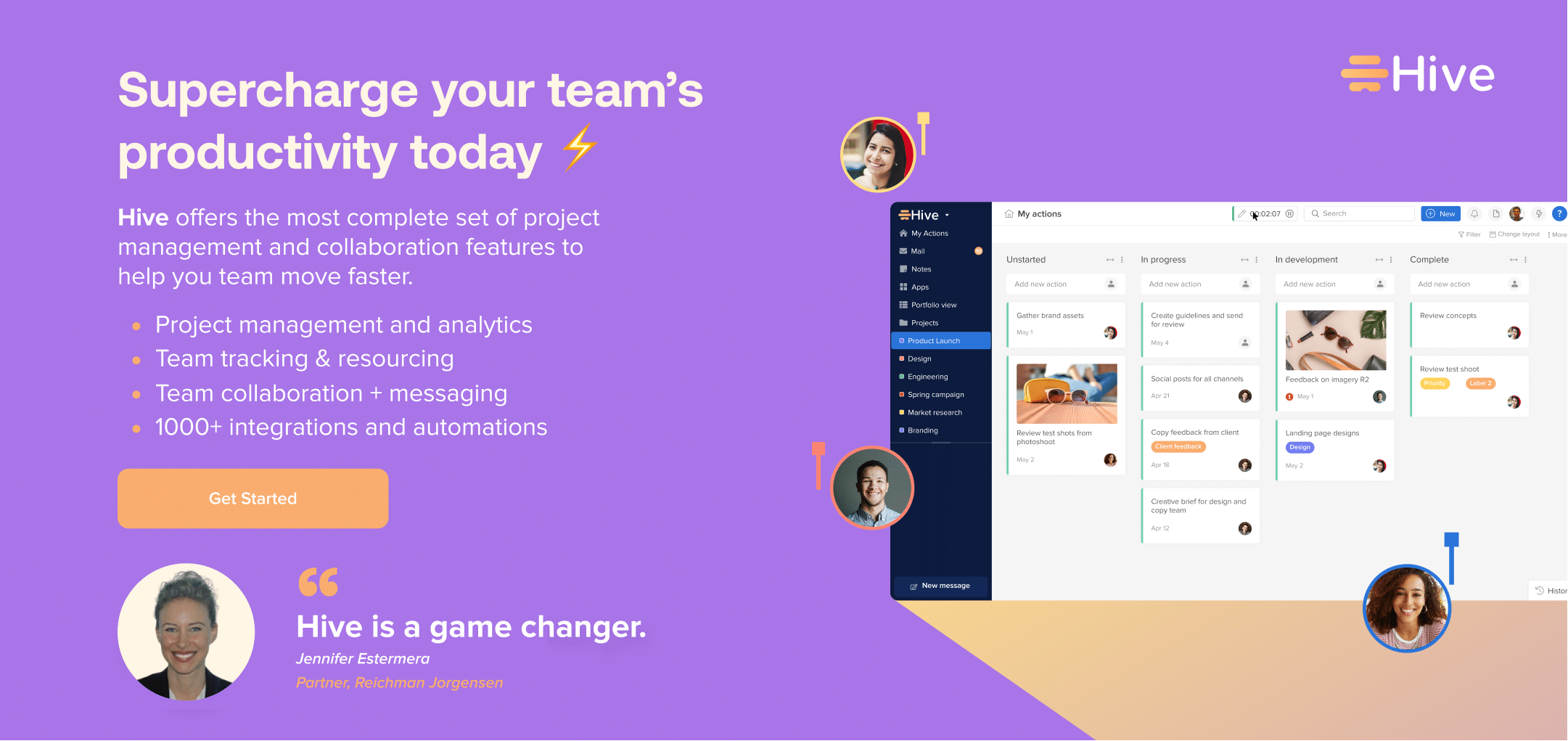We’ve all been there: stuck in a job that pays the bills but doesn’t light us up, fantasizing about handing in your notice and riding off into the sunset of your dream job…except until you land that dream job, you’re not ready to clue in your boss that you’re leaving.
Thankfully, there are ways to put yourself out there and build your network without your current manager or coworkers being any the wiser.
1. Share with your support system.
The simplest way to put feelers out and learn about new opportunities — but one a lot of folks don’t necessarily think of — is to rely on the network you already have: friends, family, and former coworkers. No public announcement is needed; this can be as simple as sending emails sharing that you’re on the hunt.
Old coworkers are an excellent group to rely on since they already know your strengths. When you catch up via text, Zoom, or happy hour, let friends and family know you’re considering a move. You can even ask them to put you in touch with their connections in roles or companies that interest you.
And if you’ve lost someone’s contact information (it happens), you can use a platform like TruthFinder to help you reconnect with them.
2. Make LinkedIn’s privacy settings work for you.
Jobseekers often hesitate to update their LinkedIn profile out of fear that their boss or coworkers will notice the changes, but without a beefed-up profile you’ll miss out on potential opportunities and connections. You can avoid this scenario by updating your privacy settings. In Settings & Privacy, select Visibility and choose Visibility of your LinkedIn Activity. Hit Change next to Share Profile Updates With Your Network. You can switch between “yes” and “no.” Selecting “no” means your updates will not be shared with your network.
Now, you can edit your profile without anyone picking up on the changes. Include relevant experience, especially any quantifiable accomplishments or impacts, just like you would on your resume.
3. Make yourself (secretly) visible to recruiters.
Continue to make LinkedIn work for you by alerting recruiters to your job search. As a recruiter myself, I know one of the first places we go to fill a job is LinkedIn — and one of the quickest ways to find talent is to sort by folks who are actively searching. You can set your profile to show up in these searches without notifying your boss (or anyone). Update your profile to include that you’re open to work and select “Recruiters Only” to keep your profile from displaying the “Open to Work” banner. LinkedIn will make every effort to keep your interests hidden from anyone at your current company.
4. Search and reach out.
You’re likely using LinkedIn, Fairygodboss, and other sites to search and apply for jobs — why not use them to make connections? Seek out people who hold jobs or work at companies that interest you, managers who hire for those roles or recruiters who recruit for them. You can often tell by someone’s profile what type of work they do (or recruit for) so factor that into your search. Another option is to join groups for your industry or interests on LinkedIn, Facebook or other social media sites and connect with fellow members.
Try to make a real connection — don’t just reach out asking for help finding a job. Ask to chat about their experience at the company or what advice they have for someone trying to break into the industry. If you’re interested in a specific job posting or you’ve already applied, let them know. Don’t ask them to refer you right off the bat; while many people are happy to refer a connection, they’ll be more comfortable if they know and can vouch for you, so treat this as a get-to-know-you opportunity rather than a means to an end. And because networking is a two-way street, look for ways you can help them, whether it’s buying them a coffee, sending them a referral, or something else.
5. Attend industry events.
Most industries have networking groups, professional development groups or affinity groups. Take a look and find out what’s happening in your industry. Often, events offer the benefit of learning something new while mingling with other industry professionals. With much of the world still in hybrid mode, you should be able to find online or virtual events, many of which still include the chance to connect with others either during or after the event.
If in-person is more your style, seek out local meetup groups or industry conferences. You’ll want to avoid events that are specifically meant for job hunting, on the off chance you run into a boss or coworker, but target networking or training events. If your career is one that requires annual continuing education, use those pieces of training as a chance to speak with others in your field.
6. Get involved in your community.
This is a double winner: network with professionals outside of your company while also giving back to the broader community. International women’s organizations like the Junior League provide volunteer shifts and learning opportunities with a group of fellow community leaders. If there’s a specific organization or mission you feel strongly about, reach out and see how you can get involved.
It can seem daunting to network right under your boss’s nose, but networking is just another word for making connections, which you can do anytime, anywhere. You may even make a new friend or two in the process.





